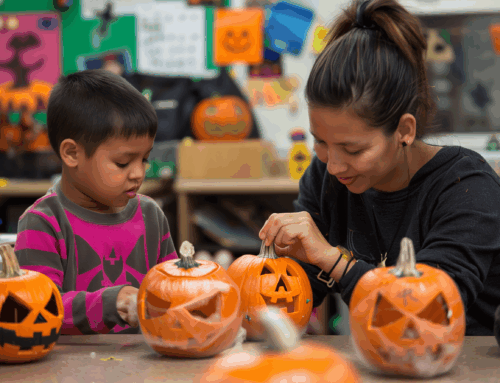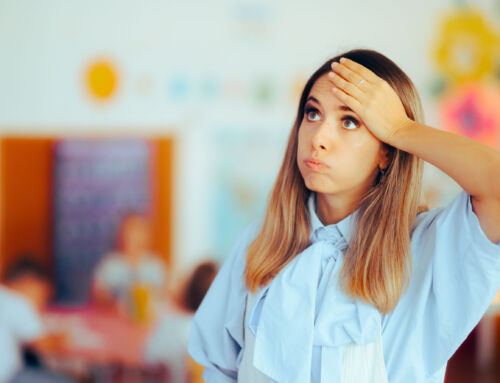Think back to a moment when things didn’t go as planned in your classroom. Maybe you yelled at a student, got frustrated with a parent, or even lost your cool with the entire class. I know I’ve been there—more than once!
As teachers, we care deeply about our students, we’re passionate about our work, and we give everything we have to our classrooms. But sometimes, we blow it. Not because we want to, but because we’re exhausted, overwhelmed, and often triggered by the behaviors we see at school. Sometimes, it’s even our own past experiences or trauma that catches up with us.
Enter the concept of regulation. The American Psychological Association defines regulation as “the ability of an individual to modulate an emotion or set of emotions, changing the target of an emotion in a way likely to produce a more positive outcome.”
What is Self-Regulation?
In simple terms, self-regulation is the ability to recognize how we’re feeling, control our impulses, and calm down when emotions or stress run high. As educators, self-regulation is a skill we must practice daily. Why? Because our ability to stay calm directly impacts our students’ ability to do the same. When we stay calm, it helps our students regulate their own emotions.
What is Co-Regulation?
Since students’ brains are still developing, they rely on us to help them manage their emotions. This process, called co-regulation, involves “lending” our calm to soothe a child’s emotional distress and guide them back to a regulated state. When we respond to an upset student with patience and composure, it defuses the situation. By modeling calm behavior, we help students learn to regulate their emotions.
Mirror neurons play a key role in this process. These brain cells help us understand and imitate the emotions of others. When we smile, our students are likely to smile; when we feel stressed, the classroom reflects that stress. Yelling or reacting emotionally doesn’t lead to calm—it has the opposite effect. Modeling regulation teaches students how to calm themselves and equips them with the tools to eventually self-regulate. It’s a big responsibility, especially when we’re dealing with our own stress.
Why It Matters
The prefrontal cortex (“Wise Owl”)—the part of the brain responsible for self-regulation—isn’t fully developed until the mid-to-late 20s. This means children can’t handle big emotions on their own and need adult guidance. During toddlerhood and adolescence, the brain’s limbic system (where the amygdala is located) is highly active, making emotional outbursts more common. The more we model calm responses, the better children learn to manage frustration. Emotional regulation is a crucial life skill that takes years to develop. Without adult support, children struggle to build these skills. It’s our job to model calm behavior until they master it. If your child or student is still having meltdowns (and they will!), it’s a sign they need more practice co-regulating with you.
Quick Tips for Teacher Self-Regulation
- Pause and Breathe: When stress hits, take a few deep breaths to reset.
- Know Your Triggers: Be aware of what situations set you off and plan your response.
- Take a Moment: Step away briefly if needed to stay composed.
- Self-Care: Make time for yourself outside of school to recharge.
- Ask for Help: Talk to colleagues or seek support when things feel overwhelming.
Final Thoughts
You don’t need to be perfect, just present. By focusing on your own self-regulation, you create a calm environment where students feel safe and supported. Your students are learning emotional skills from you every day—model calmness, and they’ll follow your lead. Take time to reflect on your ability to manage your emotions and think about what tools will help you better show up for your students. They don’t need a superteacher—they just need you.
Resources
About the Author
Amanda Petersen
Amanda is the Executive Director of FocusedKids. As a licensed professional counselor, parent, and former teacher, she has a wealth of experience and knowledge that she is able to rely on in guiding the organization.



